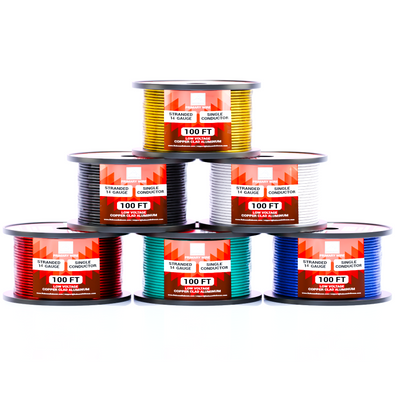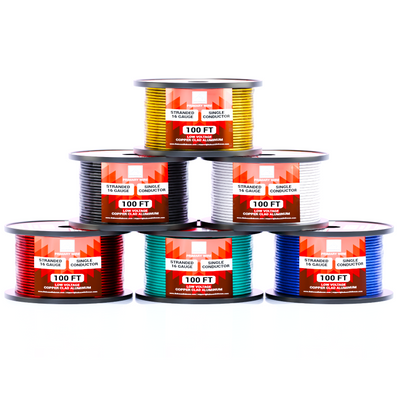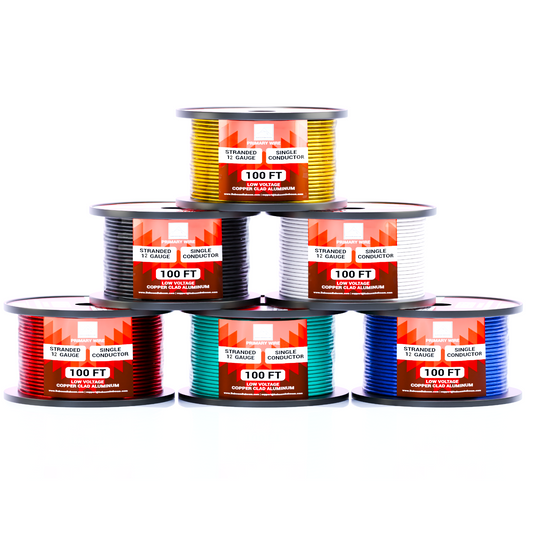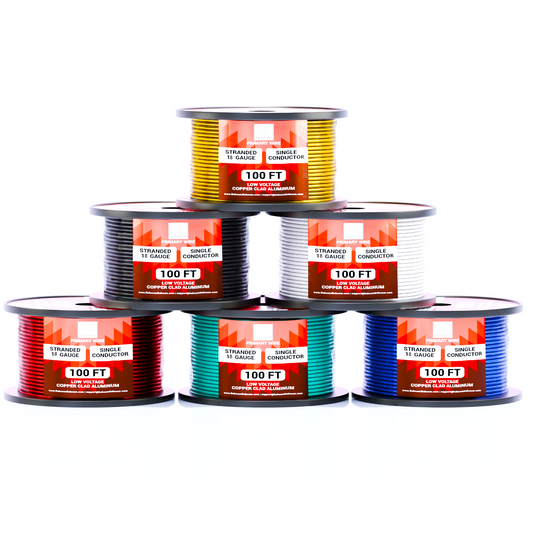
Tuning Your Car Audio System Without Expensive Tools: DIY Guide
Share
Introduction
Perfect sound in your car doesn't have to cost a fortune. While professional audio tuning services use expensive tools like real-time analyzers (RTAs) and oscilloscopes, you can achieve impressive results yourself with just your ears, a few basic apps, and a little patience. In this DIY guide, we'll walk you through the essential steps to tune your car audio system without expensive equipment. Whether you're driving to work, heading out on a road trip, or simply enjoying a leisurely cruise, a finely tuned system can truly transform your driving experience into an immersive sound journey.

Understand Your Starting Point
Before adjusting anything, it's essential to understand where your system currently stands. Take some time to listen critically to your setup without making any adjustments. Play a variety of music styles—rock, jazz, pop, and classical—to expose different audio frequencies and dynamics. Identify issues such as:
- Overpowering bass drowning out vocals
- Harsh or ear-piercing treble
- Muffled or recessed midrange vocals
- Unbalanced soundstage (favoring one side of the car)
Take notes on what you hear and how you feel about it. Setting a solid baseline will help you track improvements accurately. For a better understanding of audio fundamentals, check out our Expert Software where we dive deep into car audio basics and troubleshooting tips.

Tweak Your Head Unit Settings First
The head unit—your stereo's brain—is often underestimated, but it holds tremendous tuning power that many overlook. Start here before considering amplifiers, DSPs, or equalizers. Key areas to focus on include:
- Balance and Fade: Ensure the sound is centered and evenly distributed between left and right, front and rear speakers.
- Bass, Mid, Treble: Adjust modestly; small, incremental changes are better than aggressive boosts.
- Subwoofer Level: If your setup includes a subwoofer, integrate it carefully so it supports, not overpowers, the rest of the music.
- Loudness Settings: Turn off artificial loudness enhancements for more natural sound reproduction.

Use Free Smartphone Apps for Tuning Help
While buying an RTA or sound analyzer can be pricey, your smartphone offers surprisingly powerful alternatives. Download apps like:
- AudioTool (Android) — Features a simple RTA and SPL meter.
- SPL Meter (iOS) — Turns your phone into a decibel meter.
- Decibel X (iOS & Android) — One of the most accurate apps for measuring sound levels.
These apps utilize your phone's built-in microphone to analyze the frequency response of your system. They aren't as precise as professional gear, but they provide a valuable reference point. Use them to spot significant peaks, dips, or imbalances in your audio output.
For a deeper dive into understanding audio measurements and how smartphones can assist, our About Us page highlights our mission to make car audio knowledge accessible to everyone.

Adjust Your Crossover Settings
Crossovers are crucial to creating clean and efficient sound by directing the appropriate frequencies to the appropriate speakers. If you’re using an amplifier with built-in crossovers or a separate DSP, setting them properly is essential for achieving professional-level sound without distortion.
Basic tips to remember:
- High-Pass Filter (HPF): Set this for your door speakers or tweeters at around 80-100 Hz to prevent them from trying to play low-frequency bass.
- Low-Pass Filter (LPF): Set this for your subwoofer at around 80 Hz, ensuring that it handles only the deep bass frequencies.
- Slope Adjustment: Experiment with 12dB or 24dB per octave slopes for smoother transitions between speaker ranges.
Remember, crossovers prevent speaker damage and dramatically enhance clarity. Need quality wiring to complete your setup? Find premium-grade CCA wire options on Baboom Baboom

Fine-Tune with Your Favorite Music
Finally, forget technical test tones for a moment—your ears and favorite tracks are the ultimate tools. Build a playlist designed to test various elements of sound quality. Include:
- Acoustic songs: Test clarity, naturalness, and vocal presence.
- Electronic or hip-hop tracks: Check bass performance, depth, and punch.
- Orchestral pieces: Evaluate soundstage, imaging, and dynamics.
- Classic rock: Examine midrange warmth and guitar detail.
Start tuning at moderate volumes. Make subtle adjustments, and always recheck at higher volumes to ensure that the system maintains balance without distortion or listener fatigue. For more DIY car audio projects and system upgrades, check out our growing Articles.

Conclusion
Achieving great sound in your car doesn’t require a hefty investment in professional gear. With a little time, a careful ear, and the practical steps outlined above, you can achieve a balanced, powerful, and engaging audio experience right from your driveway. Trust your instincts, be patient with the process, and celebrate the small improvements along the way.
If you're ready to push your system even further—whether it’s upgrading your wiring, adding components, or fine-tuning to perfection—explore high-quality accessories, CCA wires, and more at Baboom Baboom. Need help or have questions about your next project? Reach out to us through our Contact Page. Your perfect driving soundtrack is closer than you think, and we're here to help every step of the way!








